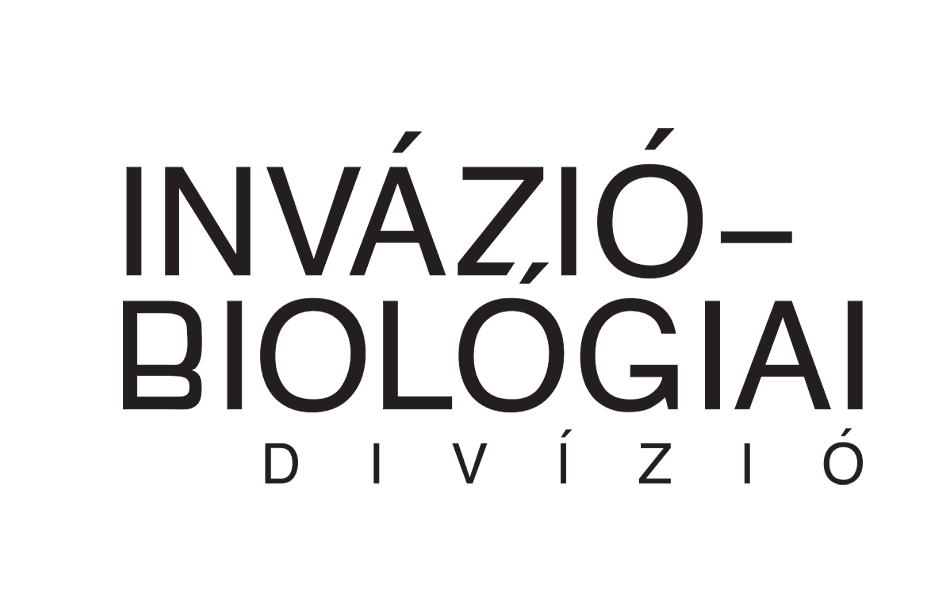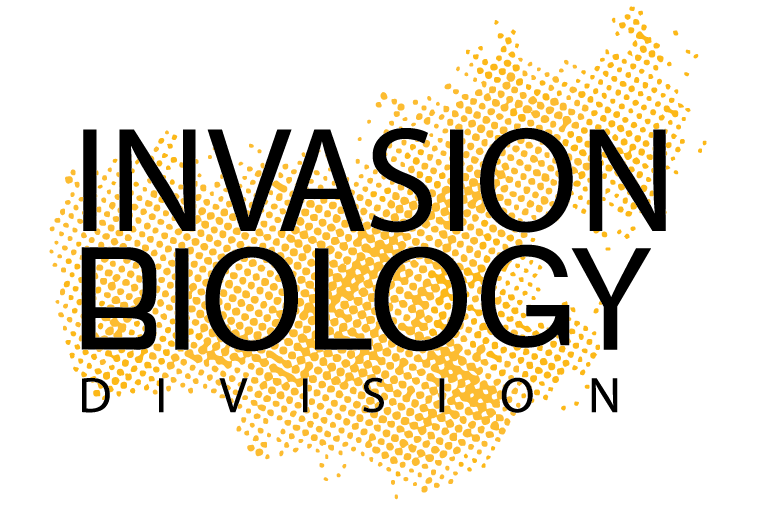Mission
The establishment and expansion of alien species from other biogeographical regions is one of the great challenges of our time. Newly invading species can cause significant ecological changes, often leading to serious social, economic and conservation problems. The invasion has accelerated over the last century, as global trade, travel and changing climate have favoured the emergence and establishment of new plant and animal species. Invasive species are also causing significant conservation, social and economic problems in Hungary. The main goal of the Invasion Biology Division, part of the National Laboratory for Health Security, is to develop a coherent ecological framework for assessing and managing the threats of invasive species and to propose effective practical solutions based on scientific evidence. The Invasion Biology Division aims to understand the ecological causes and consequences of the establishment and spread of invasive species through a unified approach. The main objectives of the programme are to (i) document and continuously monitor invasion and spread, with a focus on species that play a key role in conservation, economic or social terms, (ii) understand the mechanisms behind invasion, (iii-iv) explore the ecological, social and economic impacts of invasion at different scales, (v) predict invasion processes, and (vi) test and develop methods for practical control of invasions.
Our tasks
Documenting and mapping the occurrence and spread of invasive species in Hungary
Data with a large spatial and temporal coverage are essential for understanding the invasion process, impact analysis, forecasting and developing adaptive conservation strategies. The Invasion Biology Division applies a wide range of methods from many disciplines (citizen science mapping, field sampling, taxonomic identification, genetic screening, regional database analysis) to document dispersal and invasion events.
Understanding the processes behind the invasion
Understanding each step of the spread and invasion is essential for understanding impacts, predicting invasions and developing control strategies. In our Invasion Biology Division, we study the morphological, physiological and life-history traits and invasion pathways that determine the success of invasive species.
Ecological impacts of invasion
The effects of invasive species on communities and complex ecological relationships are studied in multi-species systems by field and experimental studies. Understanding the effects of invasion on ecosystem resistance and ecosystem services is a key research area.
Social and economic impacts of invasion
A scientific understanding of the social and economic impacts of invasions is essential for developing strategies to mitigate the adverse consequences. We are working with relevant stakeholders to assess the agricultural, forestry, wildlife, plant, animal and human health impacts of the invasion.
Predicting invasion trends
One of the objectives of the Invasion Biology Division is to make reliable predictions of invasion occurrence and subsequent processes affecting ecosystems. To do this, we are developing new technologies that use predictive models, artificial intelligence and molecular methods to predict and identify critical invasion events.
Practical management of invasive species
Because of the significant ecological, social and economic impacts of invasions, it is strategic importance to develop the basis for systemic concepts for practical invasion control. In our work, we will develop a risk assessment method optimised for Hungary, test new innovative methods for invasive plant species control and fine-tune existing methods.



